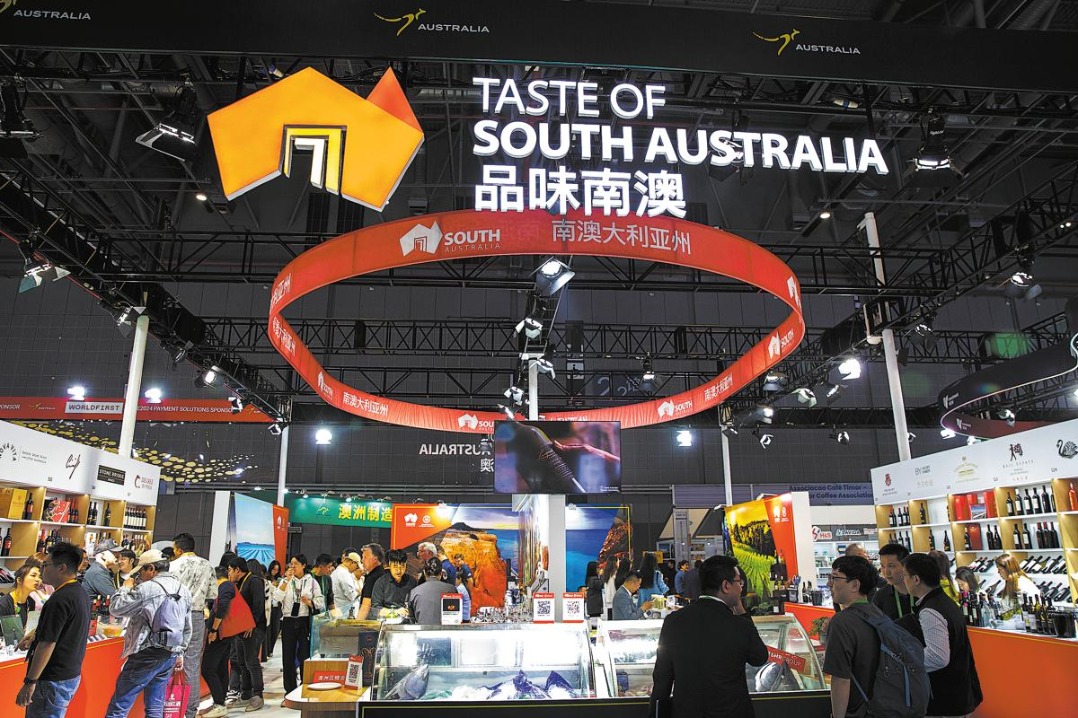Roaring for change

Singapore's bourse sees its close bonds with Chinese mainland enterprises as a catalyst for fueling the region's historic technological transformation and producing the next 'world champions'. Luo Weiteng talks to Singapore Exchange CEO Loh Boon Chye.

Shoving aside punishing United States tariffs that sparked a full-blown international trade war and the demise of rules-based globalization, 2025 is on the cusp of a sea change.
In good and bad times, capital markets have found themselves mired in pivotal moments on the rough road of transformation.
Singapore's capital markets are embracing a whole package of reforms this year to facilitate listings on the Lion City's bourse, with a paradigm shift to a more market-driven, disclosure-based regime. Bold moves include a new S$5 billion ($3.9 billion) program to give local equities a liquidity boost.
Collaboration is everything. Entrenched as a staunch supporter of and a flagbearer for cross-border cooperation, the Singapore Exchange seems destined for an even bigger slice of the stock market cake by nurturing ties with its counterparts on the world stage, notably big-time partners from the Chinese mainland.
With China on a seemingly unstoppable path to dominating future technologies, SGX boss Loh Boon Chye lauds the "complementary strengths" shared by capital markets in the world's second-largest economy and Singapore.
"Cross-border cooperation multiplies the effects of innovation," says the CEO.
"China offers depth and scale, while Singapore brings connectivity and international reach," says Loh, who has helmed the city's bourse since 2015.
By market capitalization, some 30 percent of companies listed on SGX are overseas companies, of which nearly 30 percent are from the Greater China region. By number, approximately 35 percent of Singapore-listed companies are from outside the island country, of which nearly 50 percent are based in that region. The consumer electronics, aviation, shipbuilding and electric vehicle industries are where Chinese companies make their mark, highlighting the bourse's global element and its closer bonds with China, Loh tells China Daily.
Among the most talked-about issuers is Chinese EV maker Nio, which debuted on the SGX in May 2022, offering investors a third venue to trade shares after New York and Hong Kong. The Shanghai-based EV manufacturer opted to list by way of introduction — an easier way for a company already listed elsewhere to join the Singapore market without selling new shares or raising money.
Loh has been a true witness to global investors' appetite for Chinese capital markets in recent years, notably the technology and "new economy" sectors. China is producing some of the world's most formidable companies and promising startups that have proven themselves to be genuine global innovators despite intense geopolitical pressure.
"The world is undergoing technological transformation. The global progress in artificial intelligence, advanced manufacturing and sustainable energy is reshaping industries, with China setting new benchmarks," says Loh, who chairs the World Federation of Exchanges — a global association for exchanges and clearing houses.
"China's economy is seeing a historic transition to high-quality, innovation-led development. The next global 'champions' will come from this region," he believes, setting his sights on the Guangdong-Hong Kong-Macao Greater Bay Area to tap the near-unlimited potential of the nation's most productive, vibrant geographical area.
Home to a population of over 87 million — roughly twice that of Spain — and with a GDP of more than $2 trillion, on par with that of Tokyo Bay, the Greater Bay Area offers potentially huge opportunities for those with the foresight to jump on the bandwagon.





































